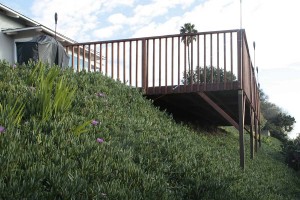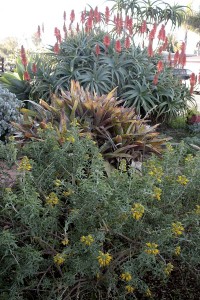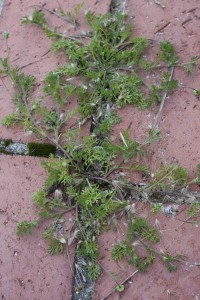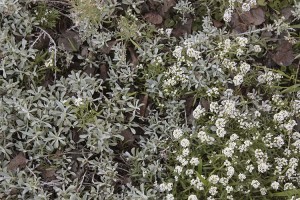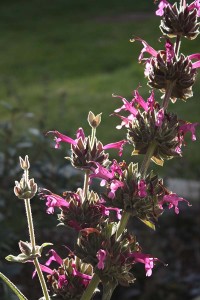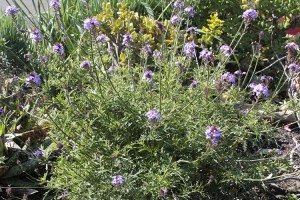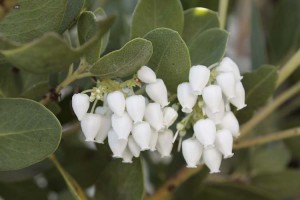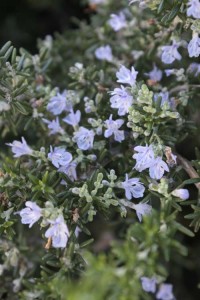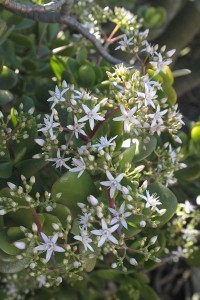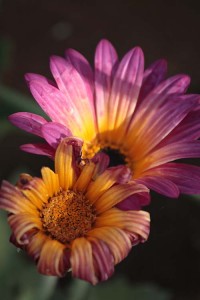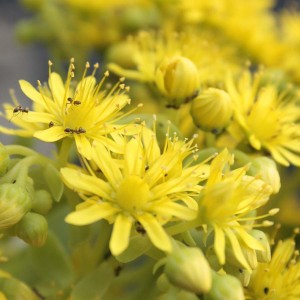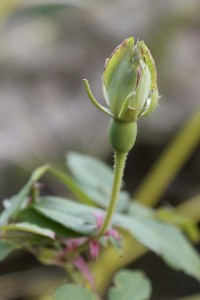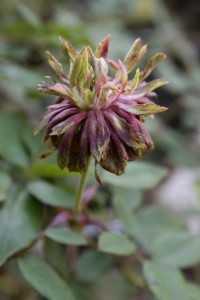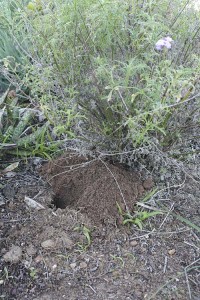Sunday we went up to LA for a family birthday. While we were up there we stopped by Los Angeles Modern Auctions, which was having a preview for an upcoming sale that includes some really cool items by Ettore Sottsass, one of my favorite 20th Century designers. Paintings, sculpture, furniture, general stuff: you can see it for years in books and magazines but the experience of coming face to face with it can be pretty different.
Once of the not-by-Sottsass lots in the sale is this immense garden path designed by California ceramic artist Stan Bitters, a student of Peter Voulkos. Like Voulkos his work is inspired by the material of clay itself–And how can you get more earthy, more primal than clay? Ceramics, gardening, it all can come from the same place.
The path can be assembled in several configurations, and in this configuration coils more than forty feet long. The piece comes from the later 1960s, at a time when Bitters was working with a ceramics manufacturer that basically gave him 20 tons of clay to see what he could make out of it.
When someone gives you 20 tons of clay you make big things, and this is just one of many examples of the really really big artworks he started to create. Most of his works of that era grew out of collaborations with architects–Big work works really well outdoors.
His work is all over public spaces up in the Fresno area. In recent years he’s been doing public and private commissions in the Los Angeles and Palm Springs areas.
The garden path looked a tad cramped and out of place on display in a warehouse full of polished modern and postmodern furniture and art, but just imagine this snaking its way through a landscape. Very cool.
This was a path he made for his own home and garden, and it has a gentle casualness, a welcome lack of striving, that you can see in the private pieces artists make for themselves and friends. You can make out the casual, earthy surface details and glaze in this detail.
So if your garden needs a casual but still pretty stunning focal point here’s your chance. You’ll probably need to rent a very large truck to bring it home.



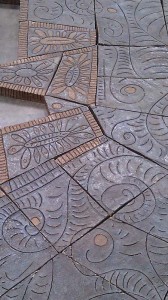

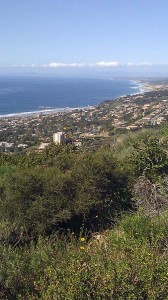
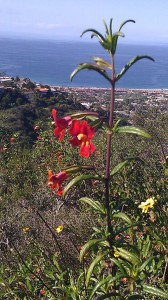
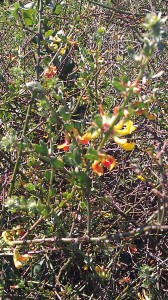
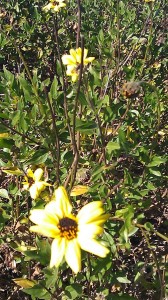
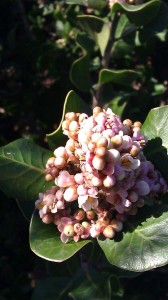
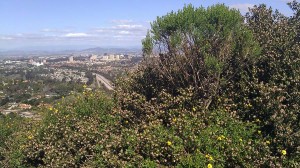
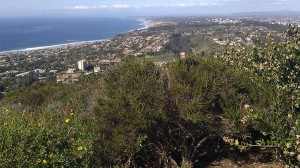






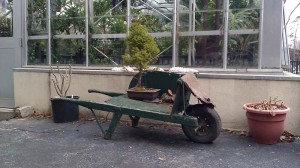


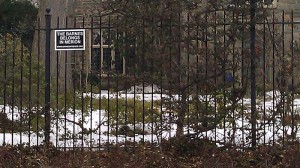



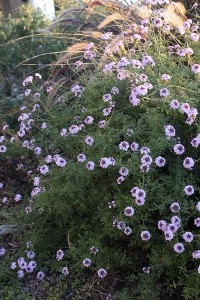

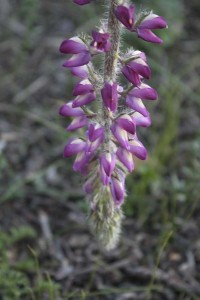


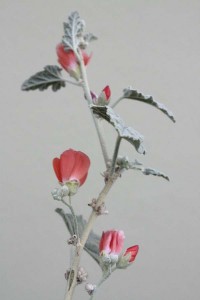










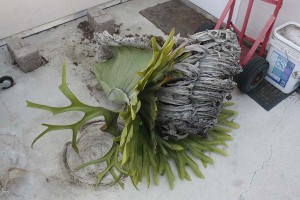











 [
[  [
[ 